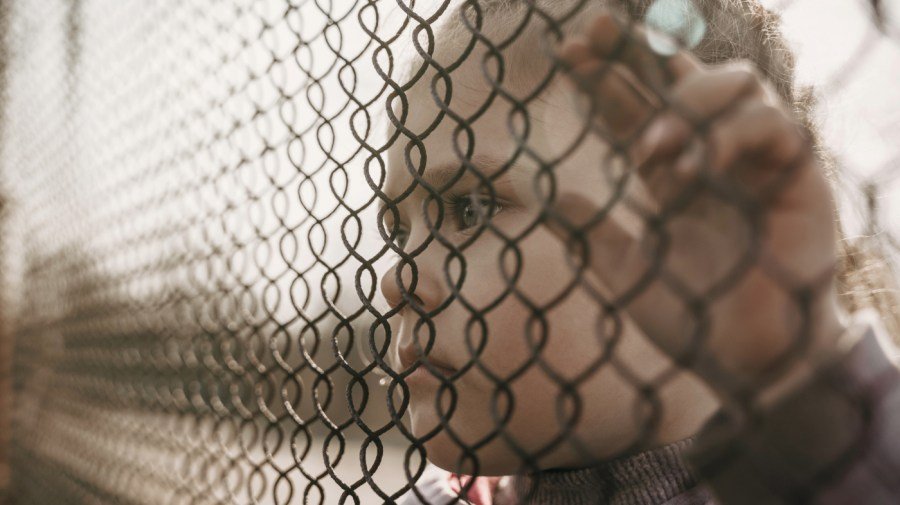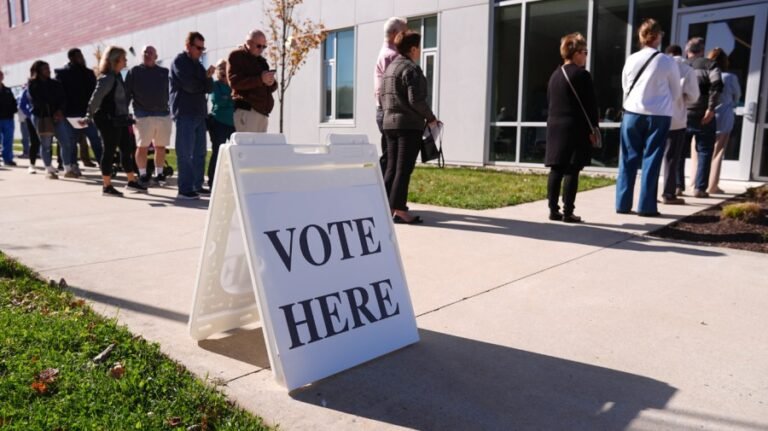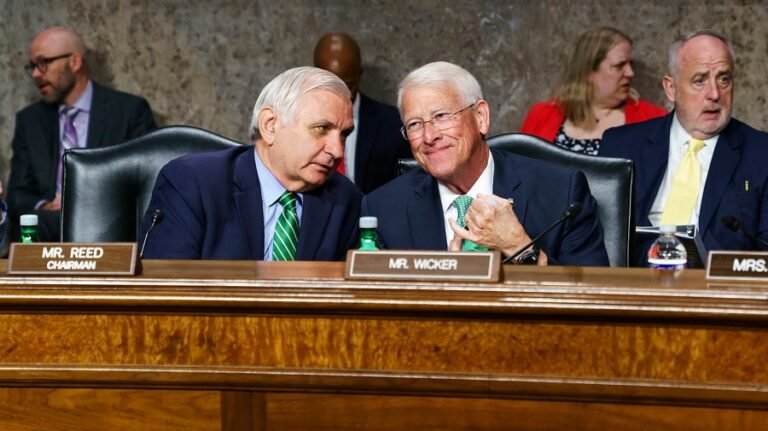
Why are we still encouraging parents from other countries to send their children here in the care of smugglers?
These children are exposed to unacceptable risks when they travel to the U.S. without a parent or someone else who can be trusted to protect them. This has been known for a long time. On June 23, 2014, former President Barack Obama’s Homeland Security secretary, Jeh C. Johnson, published an open letter to Central American parents to warn them of these risks.
“In the hands of smugglers,” he wrote, “many children are traumatized and psychologically abused by their journey, or worse, beaten, starved, sexually assaulted or sold into the sex trade. … The desire to see a child have a better life in the United States is understandable. But, the risks of illegal migration by an unaccompanied child to achieve that dream are far too great.”
Notwithstanding these warnings, parents continued to send unaccompanied children to cross the U.S. border. In fact, in the year Johnson’s letter was published, the number of border apprehensions of these children reached a record high of 68,541 — and that number went on to increase. Between fiscal 2021 and fiscal 2023, apprehensions exceeded 130,000 each year, and there were 87,475 in the first 10 months of fiscal 2024.
The Trafficking Victims Protection Reauthorization Act of 2008 requires the Border Patrol to transfer children apprehended after making an illegal crossing to the Department of Health and Human Services within 72 hours. If they are determined to be from Mexico or Canada, they are to be screened within 48 hours of apprehension and returned to their country of origin, unless there is credible evidence that they would be at risk of being trafficked or persecuted in their native country.
The HHS Office of Refugee Resettlement is responsible for the care of these children until they are released to a sponsor. Once released, the sponsor becomes responsible for their care; however, Immigration and Customs Enforcement remains responsible for managing and monitoring their immigration proceedings.
This March, a report from Homeland Security’s Office of Inspector General stated that ICE is unable to monitor unaccompanied alien children effectively when they are released from the Office of Refugee Resettlement’s custody, as the agency does not always know where the children are located. From fiscal 2019 to fiscal 2023, more than 31,000 of the children’s release addresses were “blank, undeliverable, or missing apartment numbers.”
Further, ICE has not been able to confirm the accuracy of the rest of the more than 400,000 addresses; the agency doesn’t have enough officers.
Shockingly, according to a June report from ICE, the previous administration released many children to sponsors that had not been vetted properly. The report states that ICE has discovered sponsors who had child sexual abuse materials; who subjected the children to poor living conditions; and who put the children into forced labor. They also found sponsors who had “committed serious crimes, including offenses of hit-and-run, aggravated assault, larceny, counterfeiting, drug trafficking, prostitution and even attempted murder.”
The Trump administration has since launched a national welfare search to locate children who were released to unvetted sponsors, but the searchers face the same limitations that ICE has had in carrying out its monitoring responsibilities.
The best way I can think of to describe this situation is to say that it illustrates the proverb: “The road to hell is paved with good intentions.”
Our laws were intended to protect unaccompanied children in the country illegally, not to encourage parents in other countries to send their children here in the care of smugglers. But that is what happened, and it is continuing to happen. We will never know how many of these children were trafficked in the sex trade or subjected to forced labor.
Nolan Rappaport was detailed to the House Judiciary Committee as an Executive Branch Immigration Law Expert for three years. He subsequently served as an immigration counsel for the Subcommittee on Immigration, Border Security and Claims for four years. Prior to working on the Judiciary Committee, he wrote decisions for the Board of Immigration Appeals for 20 years.


